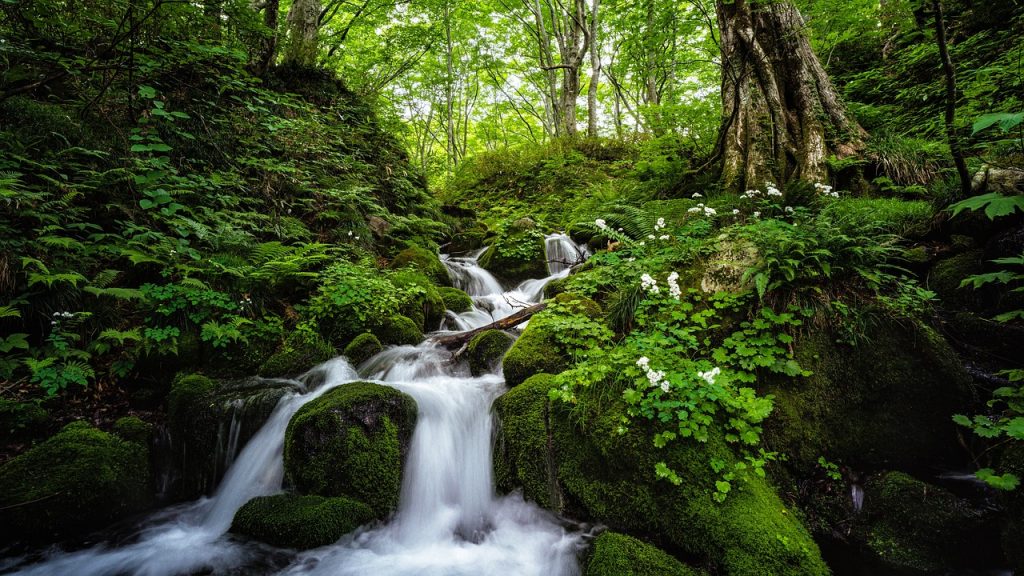
Why Conserving Forest Biodiversity is Important
Did you know that forests are one of the most important ecosystems on Earth? They play a crucial role in regulating climate, protecting soil and water resources, and providing habitats for plants and animals. Forests are also a vital source of economic security for millions of people around the world. Conserving forest biodiversity is therefore essential to maintaining our planet’s ecological health and human well-being.
Conservation of forest biodiversity
Forests are home to an incredible diversity of plant and animal life, and their preservation is essential to the health of the planet. Unfortunately, forests are under threat from a variety of sources, including deforestation, development, and pollution. As a result, conservation efforts must take a comprehensive and multiscaled approach that includes both reserve and non-reserve areas.

One key element of this approach is the management of the forest matrix. The matrix is the non-forested areas within the forest landscape, and it plays an important role in key ecological processes such as metapopulation dynamics, habitat fragmentation, and landscape connectivity. Therefore, it is essential to consider both landscape-level and stand-level elements when managing the matrix. Additionally, adaptive management and monitoring are critical to ensure that conservation efforts are effective.
Finally, it is important to consider the social dimensions of matrix-based Forest management. There may be tensions between different stakeholders (e.g., conservationists vs. industry), but it is essential to find common ground in order to implement an effective conservation strategy. By taking a comprehensive and multiscaled approach to Forest conservation, we can protect this vital ecosystem for future generations.
Principles for Biodiversity Conservation in the Matrix
As development increasingly fragments the natural landscape, the regions in between these areas of development, known as the matrix, become increasingly important for biodiversity conservation. The matrix can provide critical habitat for a variety of species, including those that are habitat sensitive or have restricted ranges.
In order to effectively conserve biodiversity in the matrix, a number of principles must be followed.
First, the needs of specific species must be considered when designing conservation plans.
Second, the connectivity of the matrix must be maintained to allow for dispersal and gene flow.
Third, a landscape-level approach must be taken to conservation planning, rather than focusing on isolated patches of habitat.
By following these principles, we can ensure that the matrix remains an important refuge for biodiversity in a rapidly changing world.
Biodiversity Conservation Across Multiple Spatial Scales
The loss of biodiversity is one of the most pressing environmental problems of our time. Scientists estimate that we are currently losing species at up to 1,000 times the natural rate of extinction, and this loss is accelerating. The causes of this biodiversity crisis are complex and varied, but they all boil down to one central fact: humans are changing the planet in ways that are detrimental to other forms of life.
There is growing evidence that the best way to address this problem is through a multiple-scale approach to conservation. In other words, we need to conserve biodiversity not just at the local level, but also at the regional, national, and global levels. A recent study found that protected areas alone are not enough to stem the tide of biodiversity loss; instead, a more comprehensive strategy is needed. This strategy should involve not only setting aside more land and water as protected areas but also working to reduce human impacts on ecosystems, such as pollution and habitat destruction. Only by taking a multiple-scale approach to conservation will we be able to stem the loss of biodiversity and ensure a healthy future for our planet.
Conclusion
Forest conservation is important for many reasons, including the fact that forests are essential to our survival. They provide us with oxygen, help regulate the Earth’s climate, and are home to an incredible amount of biodiversity. Conserving forest biodiversity is vital to keeping these ecosystems intact and functioning properly. There are many ways to conserve forest biodiversity, from creating protected areas to sustainable forestry practices. It is up to all of us to do our part in conserving these valuable resources. What are you doing to conserve Forest biodiversity?
Reference
To Conserve Biodiversity, We Must Protect Our Forests: sdg.iisd.org
Conserving forest biodiversity: a comprehensive multiscaled approach: www.researchgate.net